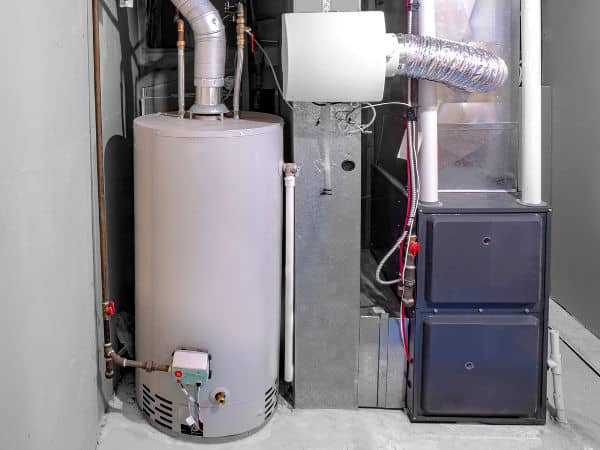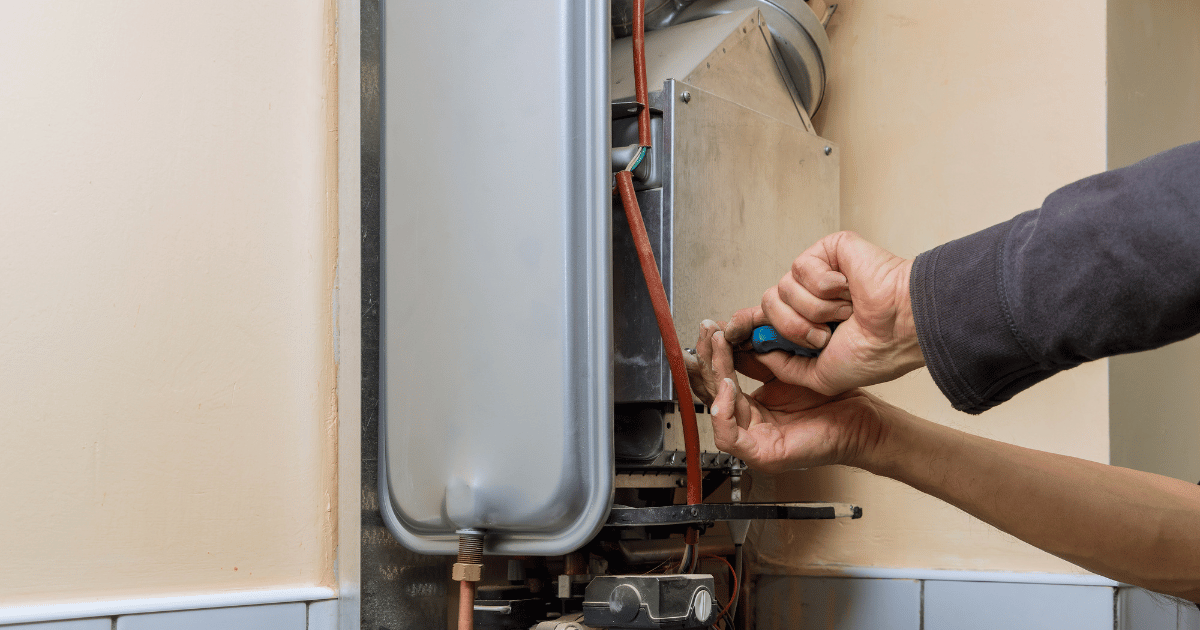Expert Tips for Caring for Your Home's Hot Water System
Expert Tips for Caring for Your Home's Hot Water System
Blog Article
Each person has got their own unique perception when it comes to How to Maintain Your Water Heater & Prolong its Life.

Hot water is vital for daily convenience, whether it's for a rejuvenating shower or washing recipes. To guarantee your hot water system runs efficiently and lasts longer, normal maintenance is key. This write-up supplies useful tips and insights on exactly how to maintain your home's warm water system to prevent disturbances and expensive repair work.
Intro
Keeping your home's hot water system could seem daunting, yet with a few straightforward steps, you can ensure it runs smoothly for several years to find. This guide covers whatever from understanding your hot water system to DIY upkeep suggestions and recognizing when to contact professional assistance.
Significance of Preserving Your Warm Water System
Normal maintenance not just extends the life expectancy of your warm water system however also guarantees it operates effectively. Disregarding maintenance can cause reduced efficiency, higher power bills, and even early failure of the system.
Indications Your Hot Water System Needs Maintenance
Recognizing when your hot water system needs interest can protect against major concerns. Look out for indications such as irregular water temperature level, unusual noises from the heating system, or rusty water.
Recognizing Your Hot Water System
Prior to diving into maintenance tasks, it's practical to comprehend the standard parts of your warm water system. Usually, this consists of the hot water heater itself, pipelines, anode poles, and temperature controls.
Monthly Maintenance Tasks
Routine month-to-month checks can aid capture small issues before they intensify.
Purging the Water Heater
Purging your water heater removes debris build-up, enhancing performance and extending its life.
Checking and Replacing Anode Rods
Anode poles protect against rust inside the container. Checking and replacing them when worn is critical.
Inspecting and Adjusting Temperature Setups
Readjusting the temperature settings makes sure optimum efficiency and safety and security.
DIY Tips for Upkeep
You can do numerous upkeep jobs on your own to keep your warm water system in leading condition.
Checking for Leakages
On a regular basis inspect pipes and connections for leaks, as these can cause water damage and greater costs.
Evaluating Stress Relief Valves
Evaluating the stress safety valve ensures it works correctly and protects against excessive stress build-up.
Protecting Pipes
Protecting warm water pipelines minimizes warm loss and can conserve energy.
When to Call an Expert
While DIY maintenance is beneficial, some concerns need specialist experience.
Facility Problems Requiring Specialist Assistance
Instances include significant leaks, electrical troubles, or if your water heater is constantly underperforming.
Routine Professional Maintenance Perks
Specialist maintenance can consist of detailed evaluations, tune-ups, and ensuring conformity with security criteria.
Final thought
Regular upkeep of your home's hot water system is essential for performance, long life, and expense financial savings. By complying with these tips and knowing when to look for professional aid, you can make certain a trustworthy supply of hot water without unforeseen disruptions.
How to Maintain an Instant Hot Water Heater
Before tinkering with your hot water heater, make sure that it’s not powered on. You also have to turn off the main circuit breaker and shut off the main gas line to prevent accidents. Also turn off the water valves connected to your unit to prevent water from flowing into and out of the appliance. 2. When you’re done, you have to detach the purge valves’ caps. These look like the letter “T†and are situated on either side of the water valves. Doing so will release any pressure that has accumulated inside the valves while at the same time avoid hot water from shooting out and burning your skin. 3. When the purge valves’ caps are removed, you have to connect your hosing lines to the valves. Your unit should have come with three hoses but if it didn’t, you can purchase these things from any hardware or home repair shops. You can also get them from retail stores that sell water heating systems. Read the user’s manual and follow it to complete this task properly. When the hosing lines are connected, open the purge port’s valves. 4. You should never use harsh chemical cleaners or solutions when cleaning your unit. Make use of white vinegar instead. It should be undiluted and you’ll probably use about 2 gallons. 5. Now flush your water heater. This task should probably take about 40 minutes. We can’t give you specific directions for this because the procedure is carried out depending on the type, model and brand of your heater. With that being said, refer to the user’s manual. 6. When you’re done draining the unit, you have to turn off the purge port valves again. Remove the hosing lines that you earlier installed on each of the water valves. Put the valve caps (purge port) back in their respective places and be very careful so as not to damage the rubber discs that are found inside these caps. 7. Now that everything’s back in place, check your user’s manual again to find out how to reactivate your water heating system. 8. Once it is working, turn one of your hot water faucets on just to let air pass through the heater’s water supply pipes. Leave the tap on until water flows smoothly out of it. https://www.orrplumbing.com/blog/2014/september/how-to-maintain-an-instant-hot-water-heater/

We were made aware of that editorial on Tips on Maintaining a Water Heater from an acquaintance on another site. Appreciated our write up? Please share it. Help others check it out. We recognize the value of your readership.
Click Here Report this page